Students Face Extended Utility Outages and Downed Trees During Bitter Winter Storm
Few sounds are more familiar to Central Texans than the rumble of thunder. Add the unsuspecting snap of a tree branch, and a storm has just rolled through.
Wooden shards dot sidewalks, the only remnants of towering live oaks. This time it wasn’t lightning, but ice.
Freezing rain accumulating on trees downed surrounding power lines, leaving freshman Aseem Datta without electricity for 84 hours and without running water for two days.
Datta was not alone along with more than 100,000 Austin residents that still lacked power as of Friday, Feb. 3.
When schools first shuttered on Monday, Jan. 30 to a biting wind, roads were already beginning to freeze over as students and staff headed home, heeding inclement weather warnings.
Once one canceled day became two, three, and eventually, four, finding sustainable means of staying warm meant bundling up in layers and getting creative to concentrate the already limited heat.
“We stayed in the car while our electric heating system was down,” an anonymous freshman said. “We borrowed a diesel generator from a friend, and powered appliances through that. We used a propane stove in the garage, as our existing stove was electric.”
Reports of house fires caused by space heaters punctuated local news when power outages arrived as early as Tuesday, Jan. 31. A cautionary warning for many forced to use alternative ways to maintain warmth, even dusting off unused fireplaces posed safety risks.
“We couldn’t do much as the fireplaces we have are mostly for decoration rather than for actual heating,” Rachael Yee ‘26 said. “If we used them, it would suck up all of the hot air from our house rather than heating it.”
Other students were fortunate to experience the cold snap with no disruptions to utility services, part of a small share of customers whose locational optimacy made them less vulnerable to blackouts.
“I happen to live on the same portion of the grid that a large hospital is connected to,” Jessica Li ‘23 said. “That makes this portion of the grid pretty high on the priority list.”
Students also recalled methods learned during previous winter storms to brave days spent without basic utilities.
“We saved water in bathtubs so that we could boil and filter [as] needed,” another anonymous freshman said. “Additionally, we bought food such as ramen, beans, and chips that we could eat without preparation.”
To prepare for isolated events such as this one, the most effective measures students took were completed well in advance. Though improvements in storm infrastructure across the state came as a result of the historic February 2021 disaster, resource access magnified the largest discrepancies.
For local communities, however, individual ability to store these resources was just one problem within larger concern for generally limited exposure to cold weather, and its danger at the extremity.
“We bought a lot of backup batteries and other things to help keep the fridge running for about nine hours on a full charge,” Emma Hoskin ‘23 said. “We bought many candles to be prepared if the power went out again.”
Brittle from prolonged summer droughts, tree limbs were especially vulnerable to this year’s ice bout, striking homes and property. Limbo with fallen vegetation synced to whirring chainsaws and car engine hums. With scattered debris obstructing entryways, assessing each splintering crash was a task seldom done alone.
Neighbors checked in on each other, with damage sustained to power lines, roofs, and fencing stretching the bounds of Texas hospitality.
Characteristic of many neighborhoods within Northwest Austin, a dense population of trees define the Hill Country landscape, where green foliage is quite prominent within residential areas.
“A tree was weighed down by other trees and was pushed so hard towards the ground that it started rooting and broke our fence,” Chloe Nixon ‘23 said. “My neighbor has a big population of dead and weak trees, so we’ve lost a lot of the trees in our neighborhood.”
As hours became days, inconsistent communication from the city of Austin and other local governmental entities left thousands to fare in the dark, uncertain about when power would return.
“It would be better if we could have a notification system that would warn people in affected neighborhoods [about] how long they might need to wait before they get help in returning their lost utilities,” Rohit Gundam ‘24 said.
Text chains requiring less cellular service proved effective for students seeking the most recent updates on the storm, helping to conserve battery on mobile devices. Additional forms of communication, including social media were utilized by students, particularly to view Round Rock ISD accounts.
“Communication from the school has been the best compared to other local agencies,” Stella Short ‘24 said. “RRISD has been very good with [keeping] families updated, and helping out with damages.”
Though widespread cancellations suspended school events and activities, the swim team retained plans to compete at the Regional Meet on Friday, Feb. 3—one of few exceptions made.
“The timing of the storm was unfortunate as I wasn’t able to practice with the high school team,” swimmer Halli Hewett ‘23 said. “Some of the other swimmers on the team were able to attend club practices, but I am only on the high school team, [so] that option wasn’t available to me.”
Warming temperatures have since cleared the ice, with drier conditions to come in the next week. The district hopes to resume all campus operations on Monday, Feb. 6 in anticipation of fully restored services.
“Our building is in good shape, but just like much of the neighborhood, there is currently no electricity and a good amount of debris from downed trees and branches,” Principal Ms. Erin Campbell said in a letter sent to the community on Thursday, Feb. 2. “We look forward to being able to have our students safely back at school soon.”
Visit www.roundrockisd.org for more information as it is made available.

Class of 2023
Ardent advocate of em dashes, pastel cardigans, and above all, the written word. Amoli and I are honored to lead a publication by students,...

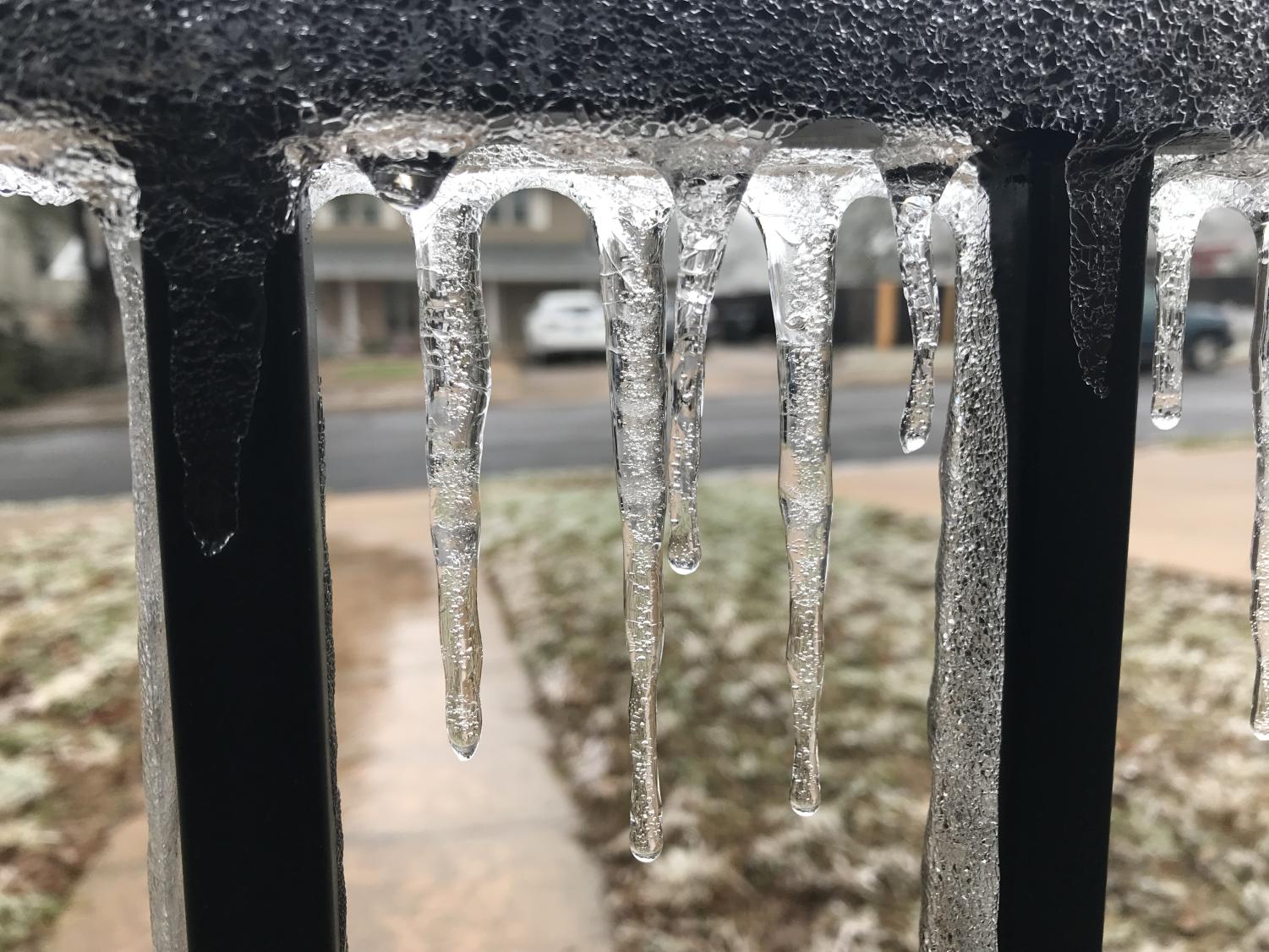
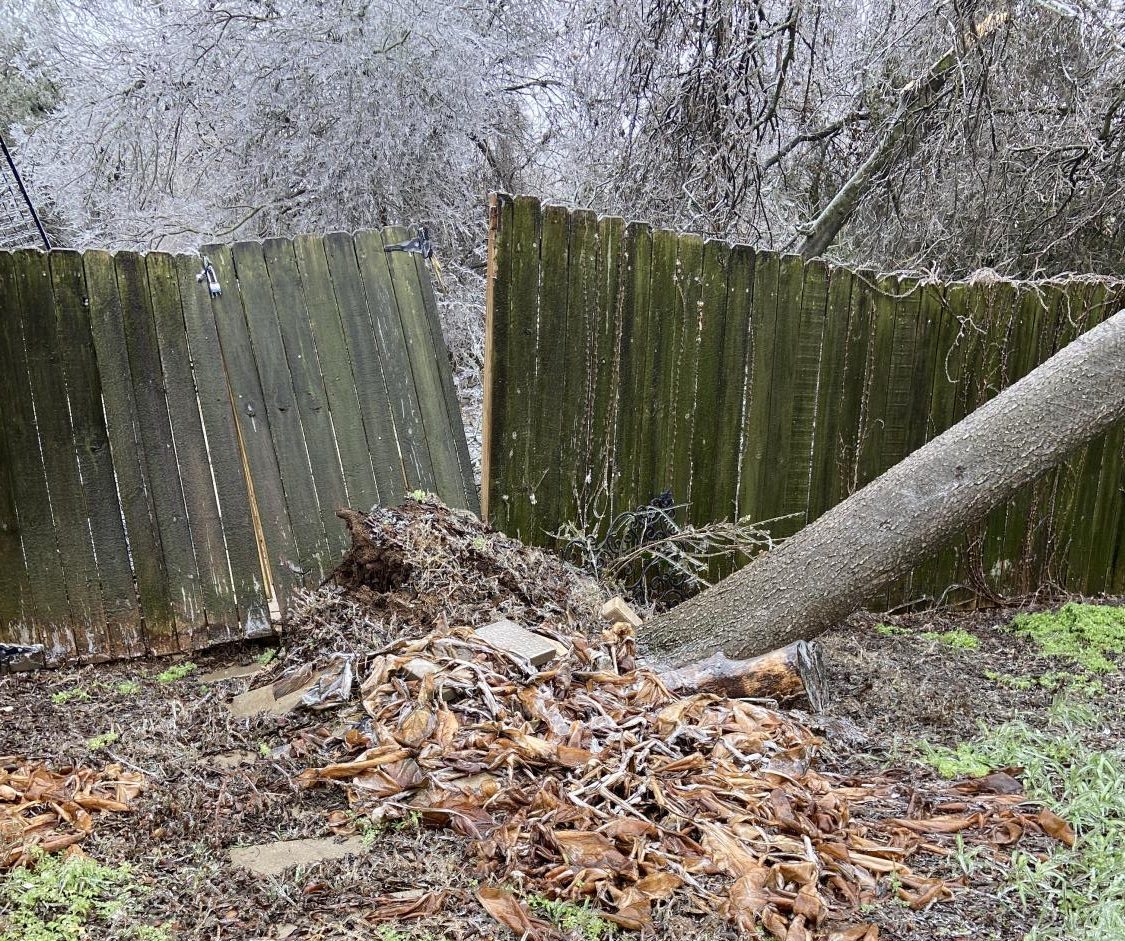
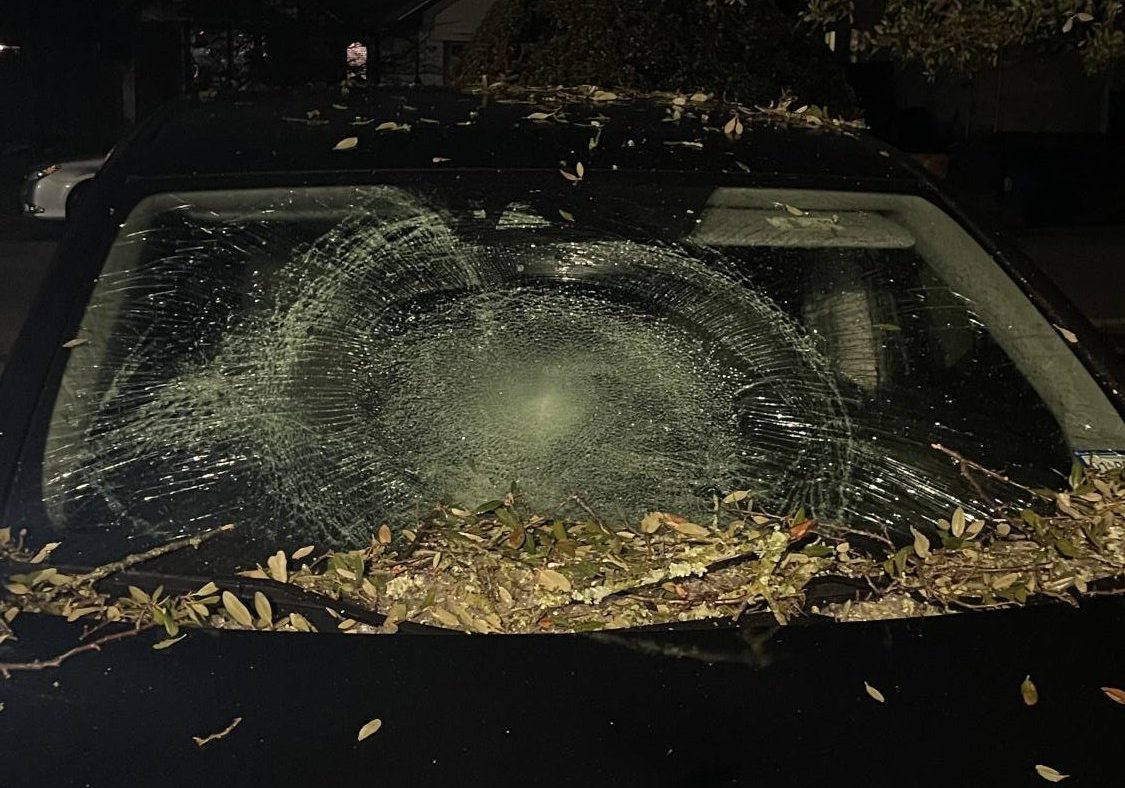
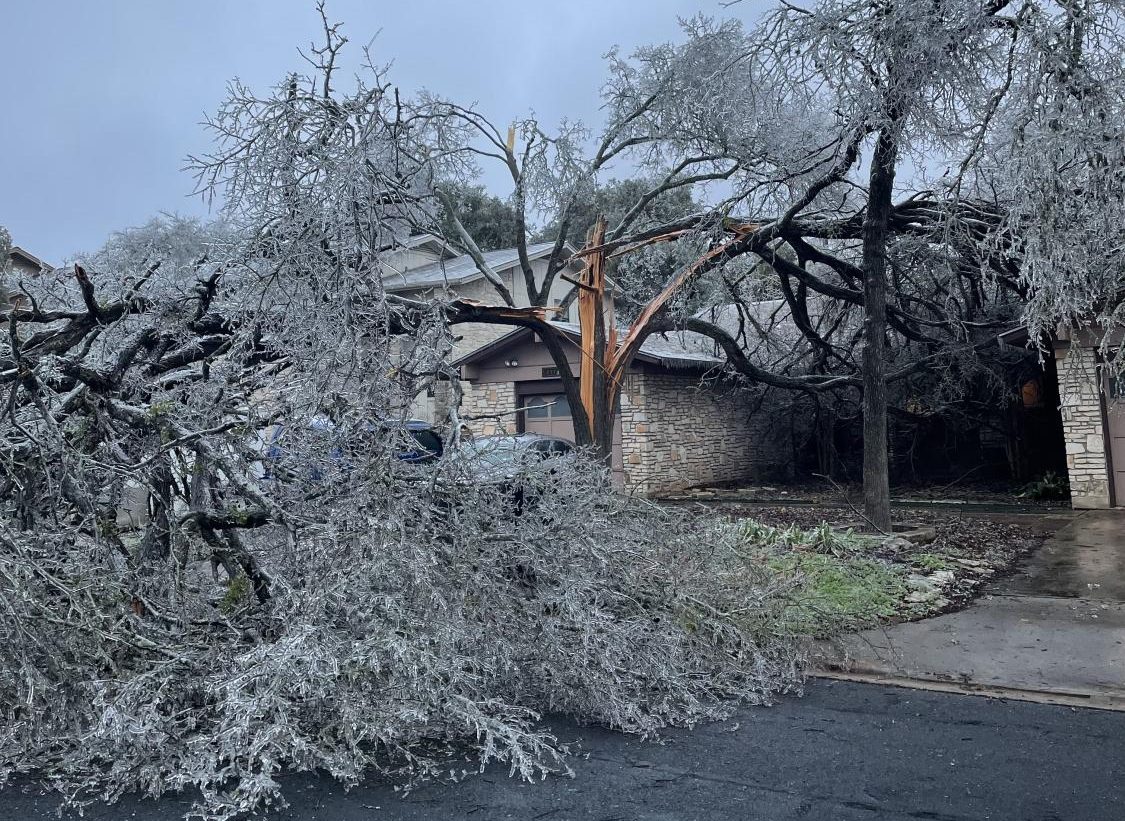
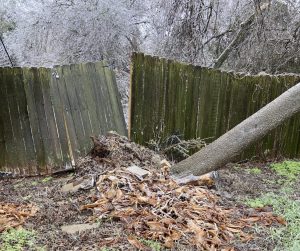
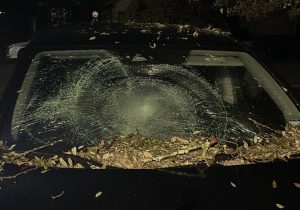
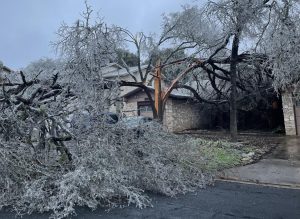
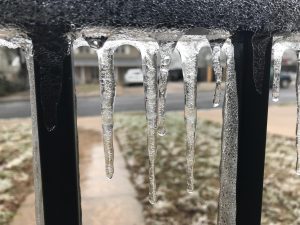




![Holding her plate, Luciana Lleverino '26 steadies her food as Sahana Sakthivelmoorthy '26 helps pour cheetos into Lleverino's plate. Lleverino was elected incoming Webmaster and Sakthivelmoorthy rose to the President position. "[Bailey and Sahiti] do so much work that we don’t even know behind the scenes," Sakthivelmoorthy said. "There’s just so much work that goes into being president that I didn’t know about, so I got to learn those hacks and tricks."](https://westwoodhorizon.com/wp-content/uploads/2025/05/IMG_0063-600x525.jpg)



